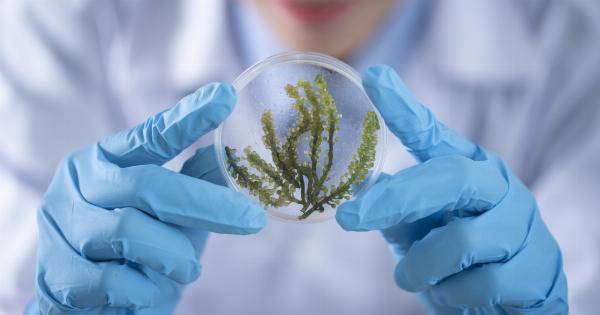Antibiotic resistance is a major threat to public health globally. Over the past few decades, the ability of certain bacteria to resist the effects of antibiotics has become a growing concern.
This phenomenon, known as antibiotic resistance, poses significant challenges for the healthcare industry, as it limits the effectiveness of many common antibiotics.
Understanding Antibiotic Resistance
Antibiotic resistance occurs when bacteria mutate and develop mechanisms to counteract the effects of antibiotics. These mutations can occur naturally over time or can be accelerated by the inappropriate use of antibiotics.
When bacteria become resistant to antibiotics, they continue to multiply and cause infections that are difficult to treat.
The Role of Microbes in Antibiotic Resistance
Microbes, particularly bacteria, are the primary culprits when it comes to antibiotic resistance.
Bacteria have the ability to reproduce rapidly and can transfer genetic material, including resistance genes, to other bacteria through processes like horizontal gene transfer.
Mechanisms of Antibiotic Resistance
There are several mechanisms by which bacteria can develop resistance to antibiotics. Some bacteria produce enzymes that can break down certain antibiotics, rendering them ineffective.
Others develop efflux pumps that actively remove antibiotics from the bacterial cell before they can exert their therapeutic effect. Bacteria can also modify the target sites of antibiotics or develop impermeability to antibiotics, preventing them from entering the cell.
Factors Contributing to the Spread of Antibiotic Resistance
Various factors contribute to the spread of antibiotic resistance. One significant factor is the overuse and misuse of antibiotics in both humans and animals.
The widespread prescription of antibiotics for viral infections, which are not affected by antibiotics, contributes to the development of antibiotic-resistant bacteria. Similarly, the use of antibiotics in animal husbandry and agriculture can lead to the emergence of resistant strains of bacteria.
The Role of Globalization
The interconnectedness of the world through travel and trade has also played a role in the spread of antibiotic resistance.
People traveling from one region to another can unknowingly carry antibiotic-resistant bacteria, introducing them to new environments. Additionally, the global trade of food products can lead to the spread of antibiotic-resistant bacteria through contaminated food.
Healthcare Settings and Antibiotic Resistance
Hospitals and other healthcare settings are hotspots for the transmission of antibiotic-resistant bacteria. The extensive use of antibiotics in these settings provides ample opportunities for bacteria to develop resistance.
Moreover, the close proximity of patients in hospitals increases the chances of person-to-person transmission of resistant bacteria.
The Impacts of Antibiotic Resistance
The consequences of antibiotic resistance are far-reaching and alarming. Infections caused by antibiotic-resistant bacteria are more challenging to treat, often requiring more potent and expensive antibiotics.
In severe cases, there may be no effective treatment options available, leading to prolonged illness, increased mortality rates, and higher healthcare costs.
Addressing Antibiotic Resistance
Efforts to combat antibiotic resistance involve a multifaceted approach. One crucial aspect is the judicious use of antibiotics and the development of guidelines for their appropriate prescription.
Strategies such as antimicrobial stewardship programs aim to optimize the use of antibiotics, ensuring their effectiveness while minimizing the emergence of resistance.
The Future of Antibiotic Research
As antibiotic resistance continues to be a pressing global issue, intensive research is being conducted to develop new antibiotics and alternative antimicrobial treatments.
Scientists are exploring various avenues, including the discovery of novel antimicrobial compounds, the use of bacteriophages, and the development of vaccines to prevent bacterial infections.
Conclusion
The spread of antibiotic resistance presents a significant threat to public health worldwide.
The ability of bacteria to develop resistance to antibiotics, coupled with factors such as overuse and misuse of antibiotics, globalization, and inadequate infection control measures, has fueled the rise of antibiotic-resistant bacteria. Urgent action is required to mitigate the spread of antibiotic resistance and ensure the continued effectiveness of these life-saving drugs.






























